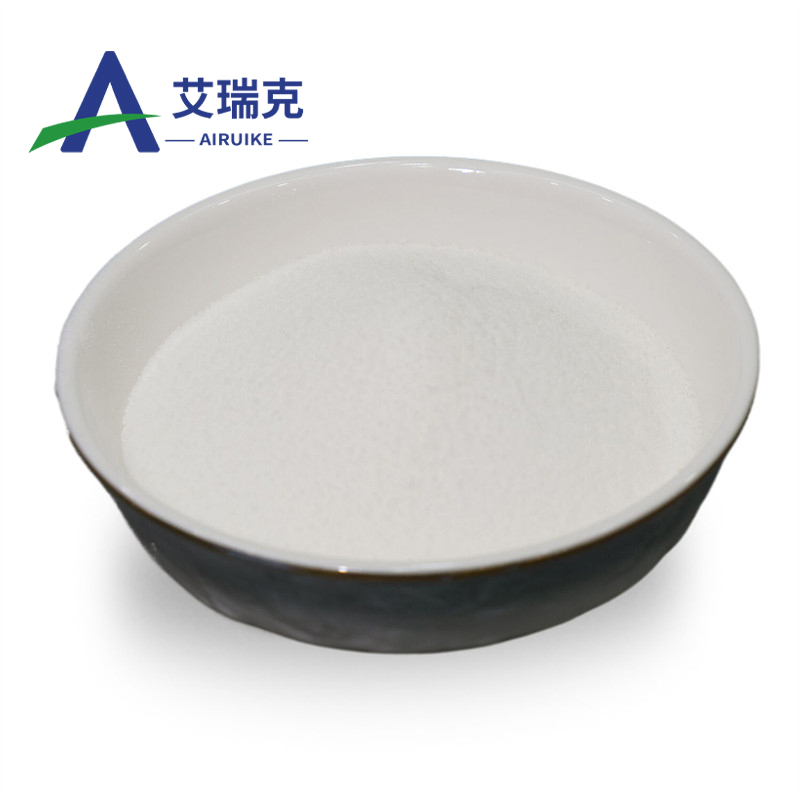-
Categories
-
Pharmaceutical Intermediates
-
Active Pharmaceutical Ingredients
-
Food Additives
- Industrial Coatings
- Agrochemicals
- Dyes and Pigments
- Surfactant
- Flavors and Fragrances
- Chemical Reagents
- Catalyst and Auxiliary
- Natural Products
- Inorganic Chemistry
-
Organic Chemistry
-
Biochemical Engineering
- Analytical Chemistry
-
Cosmetic Ingredient
- Water Treatment Chemical
-
Pharmaceutical Intermediates
Promotion
ECHEMI Mall
Wholesale
Weekly Price
Exhibition
News
-
Trade Service
The latest on the new crown outbreak: 44.6 million confirmed cases and 1.17 million deaths worldwide, with the United States, India, Brazil, and several European countries still growing at a rapid rate of tens of thousands of new confirmed cases per day.
, Bangladesh has detected the world's first new crown case of three infections.
According to World Health Organization (WHO) standards, new crown patients do not have fever for three consecutive days without the use of anti-fever drugs, symptoms more than 7 days after the new crown-related symptoms all improved, two consecutive (test time interval of at least 24 hours) nucleic acid test (RT-PCR) negative, meet these conditions before a full recovery.
, the American Journal of Preventive Medicine published a research paper entitled: Predictive Factors for a New Positive Nasopharyngeal Swab Among Patients Recovered From COVID-19.
follow-up study of 131 patients who met WHO standards for full rehabilitation of the new crown virus was conducted to assess the effects of the new coronavirus on their bodies.
that nearly 17 percent of new coronavirus patients previously thought to have made a full recovery tested positive for the new coronavirus during follow-up screening.
patients who continue to experience respiratory symptoms, especially sore throats and rhinitis, are more likely to re-detect the new coronavirus.
suggests that even new crown patients who have recovered should not underestimate the symptoms of sore throat and rhinitis and should be fully assessed.
In this study, the team followed up on 131 newly crowned fully recovered patients who met WHO standards, re-tested them for nucleic acid (RT-PCR) and focused on the continuity of neo crown-related symptoms and signs such as coughing, fatigue, diarrhea, headaches, olfactory disorders, loss of appetite, sore throat and rhinitis.
nucleic acid test results showed that 22 of the 131 recovered patients were again tested for new coronavirus-like tests, accounting for 16.7% of the total.
patients who tested positive and negative for nucleic acid did not differ significantly in age or sex.
overall clinical condition of all patients has improved and no one has a fever.
, however, a significant proportion of recovering patients still show symptoms such as fatigue (51 per cent), difficulty breathing (44 per cent) and cough (17 per cent).
there was no significant difference between the three symptoms, whether they were retrive positive or negative.
It is worth mentioning that two symptoms are significantly higher in patients who retrout positive, one is sore throat, 18% of those who retrout positive, and one is rhinitis, which accounts for 27% of patients who retrout positive, both of which are less common in retivation patients who retrout negative.
study suggests that a percentage of new coronary rehabilitation patients may become asymptomatic carriers.
more needs to be done to completely curb the new crown pandemic. Based on the findings, the
team recommended that new crown patients who have recovered should still avoid close contact with others and maintain a mask, and should be tested for nucleic acid again if they develop symptoms related to the new crown, especially sore throat and rhinitis.
to the study's findings, dr. Francesco Landi, who led the study, said clinicians and researchers focused on the acute phase of COVID-19, but the long-term effects of recovering patients released from the hospital needed to be continuously monitored.







